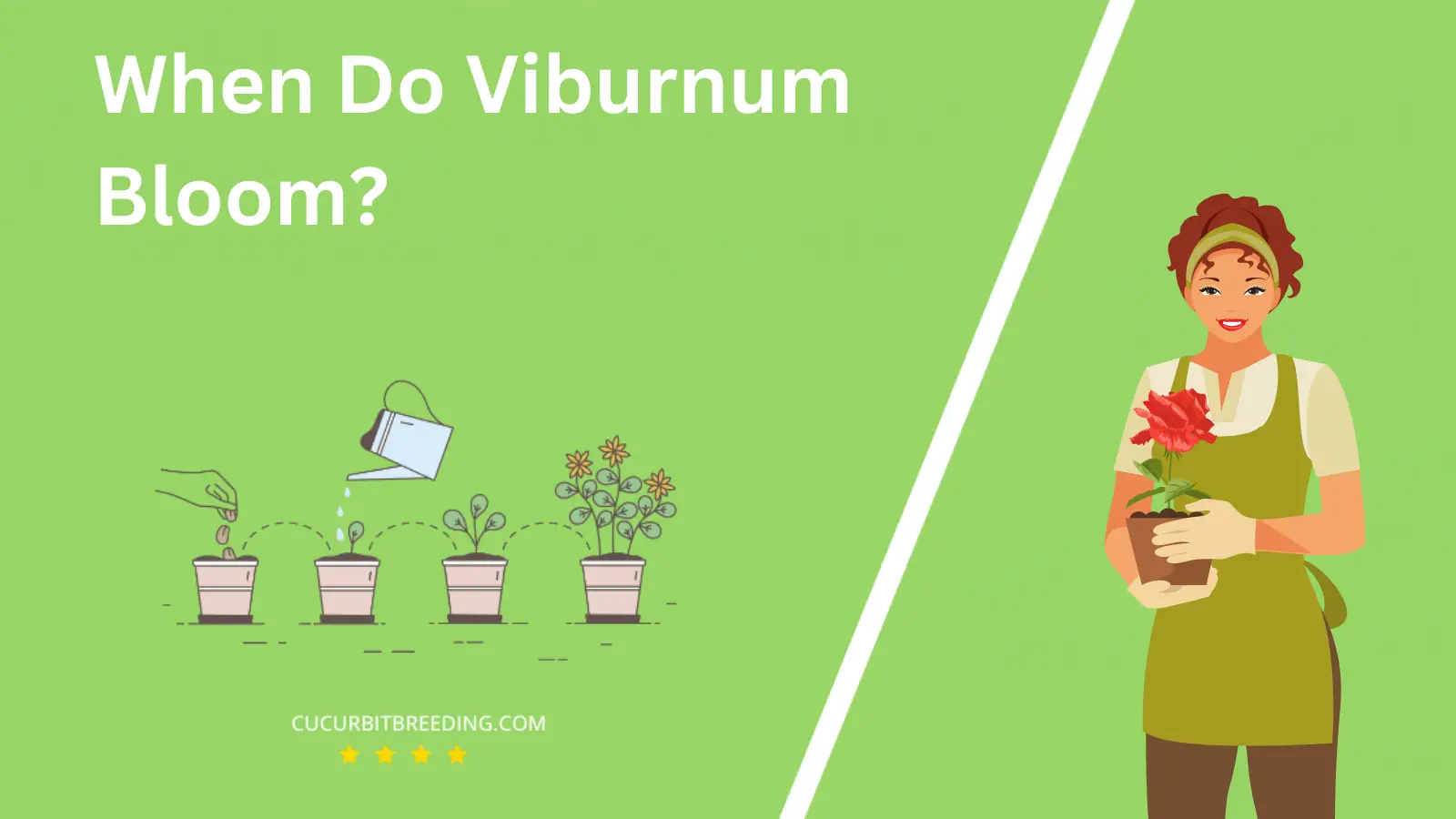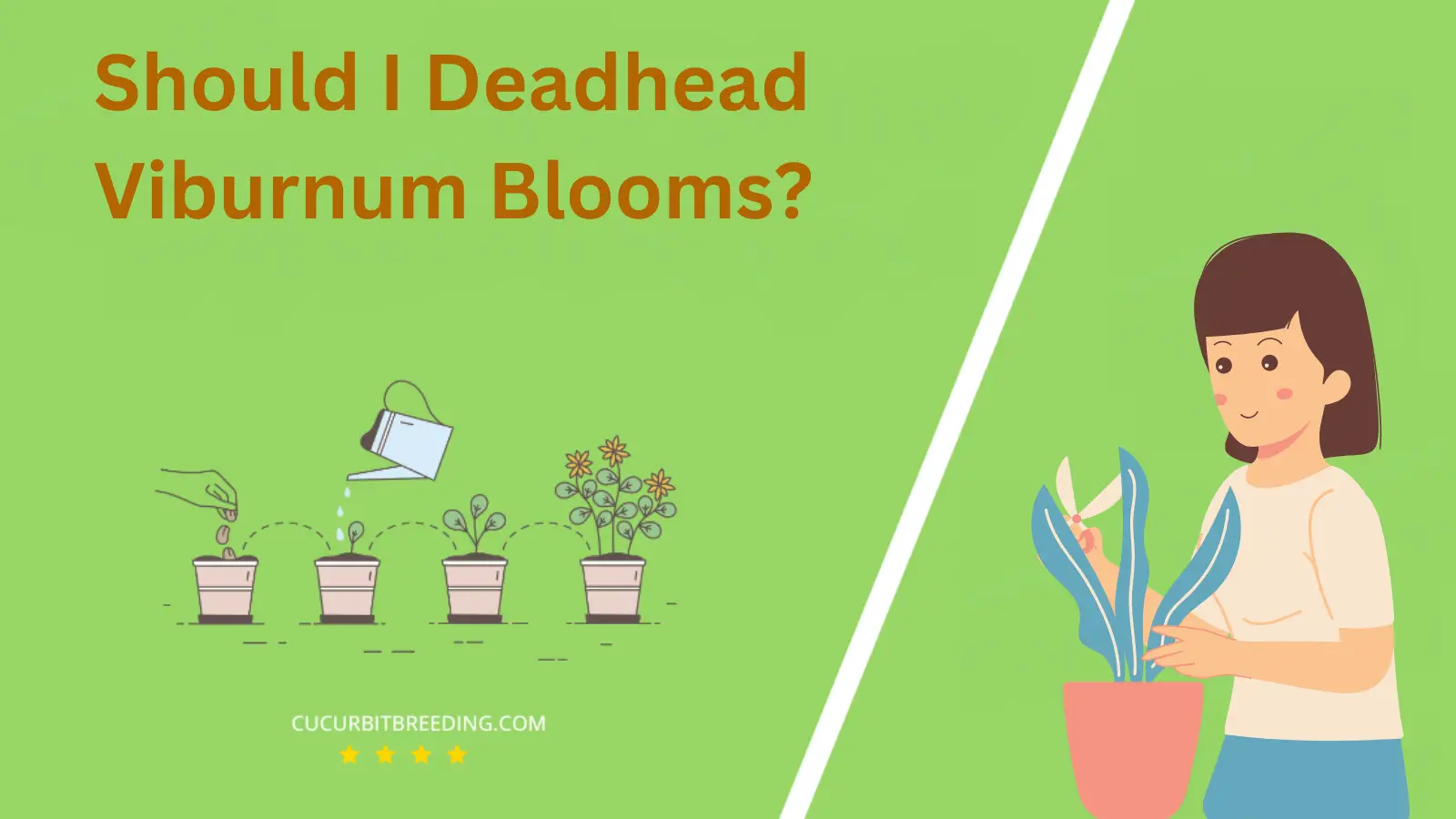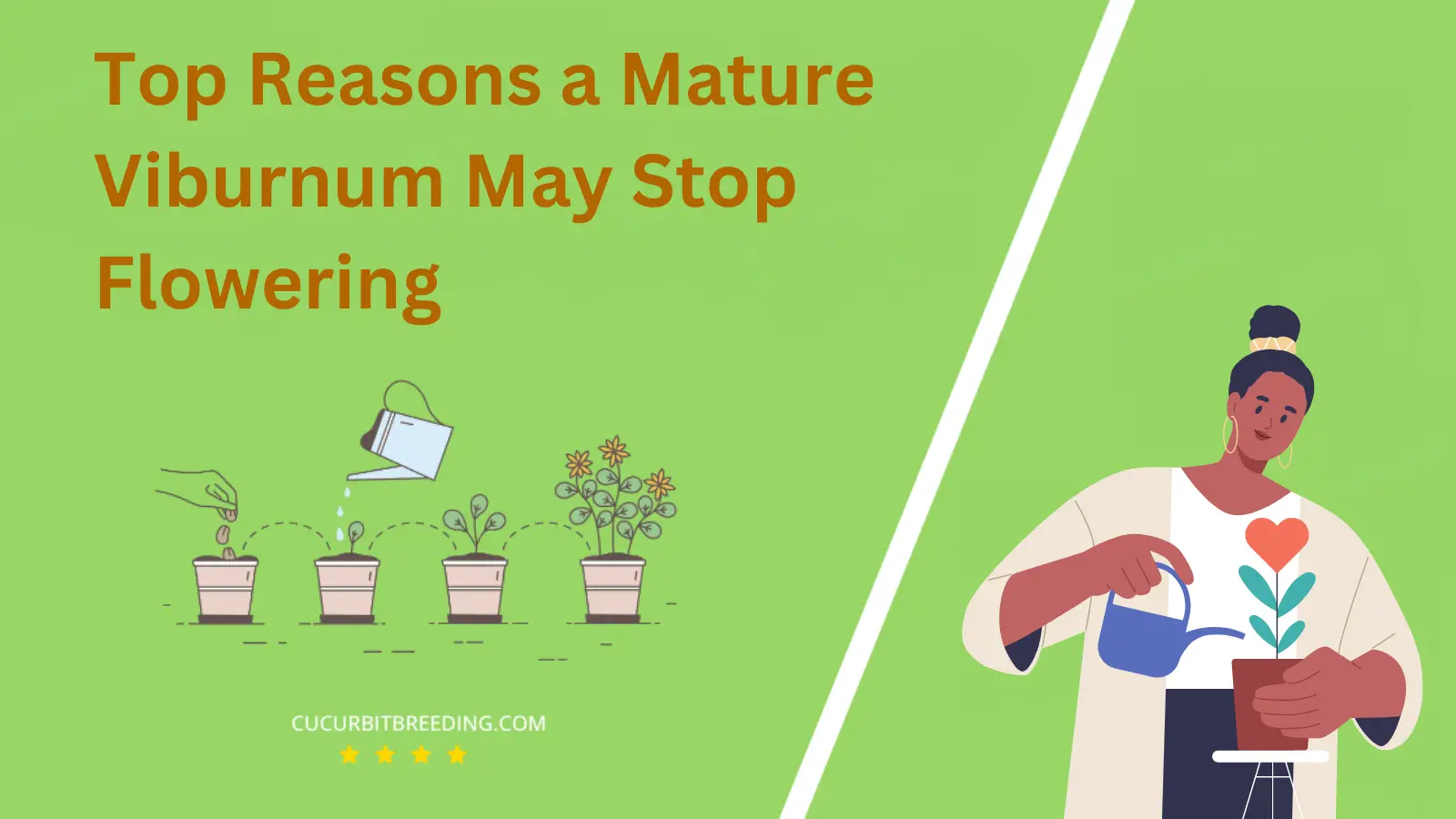
If you’ve ever wondered, “When do Viburnum bloom?”, you’re not alone. This popular ornamental plant, cherished for its stunning flowers, has many garden enthusiasts curious about its blooming period.
Understanding the blooming cycle of Viburnum can help maximize its beauty in your landscape. Let’s delve into the world of these versatile, vibrant shrubs and uncover their blooming secrets.
When Do Viburnum Bloom?
Viburnum typically blooms in the late spring to early summer, although the exact timing can vary depending on the specific variety and geographic location. Some types of Viburnum may also have a second, although less vigorous, bloom in the early fall.
| Stage | Description |
|---|---|
| Germination | Spring (March-April) |
| Growth | Spring to early summer (March-June) |
| Blooming | Spring (March to May) |
| Dormancy | Winter (December-February) |
How Long Do Viburnum Bloom?
Viburnum typically blooms for a period of two to three weeks in the spring. However, the exact timing can vary based on the specific species of viburnum and the climate in which it is grown. Some varieties may also have a second, though usually less abundant, bloom period in the late summer or early fall. The typical bloom period for viburnum is two to three weeks in the spring.
How Light Affects Viburnum Blooms?
Light significantly affects the blooming of Viburnum plants. Viburnums require full sun to partial shade for optimal blooming. Full sun is defined as at least six hours of direct sunlight a day. On the other hand, partial shade refers to filtered or dappled light throughout the day, or at least three to six hours of sun each day, preferably in the cooler morning hours. Inadequate light can lead to fewer flowers and can make the plant susceptible to diseases. Therefore, ensuring the right amount of light exposure is crucial for the healthy blooming of Viburnum.
Will Viburnum Bloom in the First Year You Plant It?
Viburnum typically does not bloom in the first year it is planted. This is because it needs time to establish its root system and adapt to its new environment. However, with proper care and ideal growing conditions, some types of Viburnum may possibly produce flowers in the first year. Nonetheless, it’s more common to see blooms starting from the second or third year onwards.
Will Viburnum Bloom Every Year?
Yes, Viburnum will bloom every year. These plants are known for their consistent and annual blooming cycle. However, it’s important to provide them with proper care, including adequate sunlight, water, and suitable soil conditions, to ensure their yearly flowering. Also, the time of the year they bloom can depend on the variety of Viburnum, so some may flower in the spring while others in the summer or fall.

Should I Deadhead Viburnum Blooms?
Yes, it is beneficial to deadhead Viburnum blooms. Deadheading, or the process of removing faded blooms, helps to encourage further blooming and enhances the overall appearance of the plant. It also prevents the plant from using unnecessary energy to produce seeds. However, it’s not strictly necessary as Viburnum will still thrive without deadheading.
Top Reasons a Mature Viburnum May Stop Flowering

The mature Viburnum may stop flowering due to several reasons. Lack of appropriate sunlight is a common cause, as Viburnums need full or partial sun to bloom. If the plant is in a shaded area, it may not flower.
Another reason is improper fertilization. Too much nitrogen can lead to lush leaves but few flowers. It’s crucial to use a balanced fertilizer that also contains phosphorus, which promotes blooming.
Inadequate watering can also affect flowering. Both overwatering and underwatering can stress the plant and impede bloom production.
Lastly, incorrect pruning can be a factor. If a Viburnum is pruned too late in the season, it may remove the next year’s flower buds, resulting in no flowers.